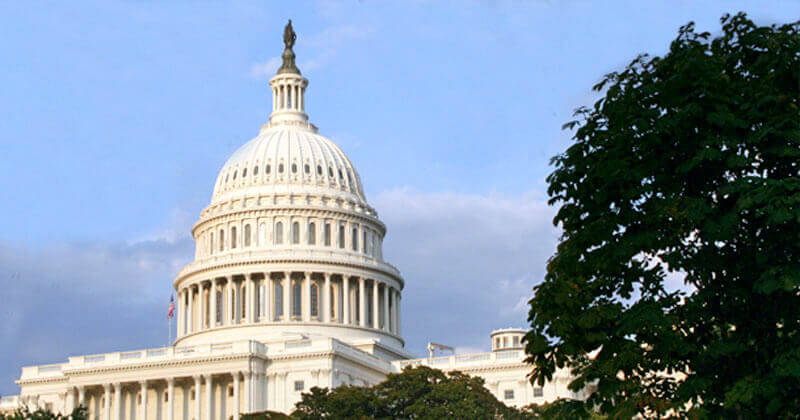As we discussed yesterday, lawmakers in the House and Senate have been busy
with several pieces of legislation that would fund global health and research efforts across the federal government. Our first post yesterday detailed
implications for global health research and development (R&D) activities at the US Department of State and US Agency for International Development.
Today, we provide highlights for other key agencies involved in global health R&D.
Labor-HHS
The Senate Appropriations Committee has approved legislation to fund the Labor, Health, and Human Services (HHS) account, which includes support for the
National Institutes of Health (NIH) and the US Centers for Disease Control and Prevention (CDC). Currently, there is no House version of this bill—a
hearing scheduled for last week was canceled—so while we don’t have those figures to compare funding levels with, we do know that the House allocation
for this account is drastically lower than the Senate version.

- Lawmakers in the House and Senate have been busy with several pieces of legislation that would fund global health and research efforts across the
federal government. including the DoD, CDC, FDA, and NIH.
- The Senate bill would fund the NIH at $30.9 billion, which is a welcome but small increase of $307 million over FY 2013. Many key
institutes and centers—including the National Institute of Allergy and Infectious Diseases, the National Institute of Child Health and Human
Development, and the Fogarty International Center—were funded at levels higher than the final FY 2013 allocations but lower than the levels
President Obama requested for FY 2014. One exception is the National Center for Advancing Translational Science, which received a total of $662.4
million under the bill—a boost in funding of $87 million over FY 2013. This includes a total of $50 million for the Cures Acceleration Network.
- The legislation would fund CDC at $6.9 billion, an increase of $681 million over FY 2013 and $300 million over the President’s request.
This funding includes $391 million for the Center for Global Health, a significant increase of $46 million over FY 2013. The National Public Health
Institutes received a $10 million allocation under the bill, which also included a large bump for polio eradication: $146 million versus the $131
million the President requested and the $116 million from FY 2013. The National Center for Emerging Zoonotic and Infectious Diseases was funded
at $335 million, an increase of $44 million over FY 2013.
FDA
- The House recently passed its appropriations legislation to fund
the US Food and Drug Administration (FDA), providing the agency with $2.485 billion (not including income from user fees). This is roughly $20
million more than the agency received in FY 2013 and $40 million more than the President requested. Language was included in the bill that would ensure the FDA can review products for all neglected diseases, encourage the agency to “build stronger partnerships with global regulatory
stakeholders, and strengthen its internal capacity to review products for neglected diseases.”
- Similar language was included in the Senate version of the legislation,
which funds FDA at a higher level of $2.562 billion, or roughly $77 million more than the House version.
Defense
- The full House passed a Department of Defense funding bill,
in which the entire agency was provided with $513 billion. The bill would also provide $9.6 million for malaria vaccine development efforts, and
welcome language is included in the bill report regarding the
need for such a vaccine.
- The Senate Appropriations Defense subcommittee voted on its version of Defense funding yesterday, July 30th. We’re still waiting for the release of the accompanying bill report to determine any
implications for global health R&D.
As we pointed out yesterday, it’s clear that many global health R&D programs are being flat-funded year after year. If Congress is unable to reach
a long-term budget deal, sequestration cuts will take effect again, further hampering efforts to develop urgently needed new technologies. Congressional
policymakers could still reverse this trend by fully funding global health and health research programs through the FY 2014 budget conference later
this year, as well as through negotiations around the impending debate on the US debt ceiling. However, with the difficult political climate, it’s
unclear whether they will take advantage of this important opportunity.
Links to other helpful analyses:
